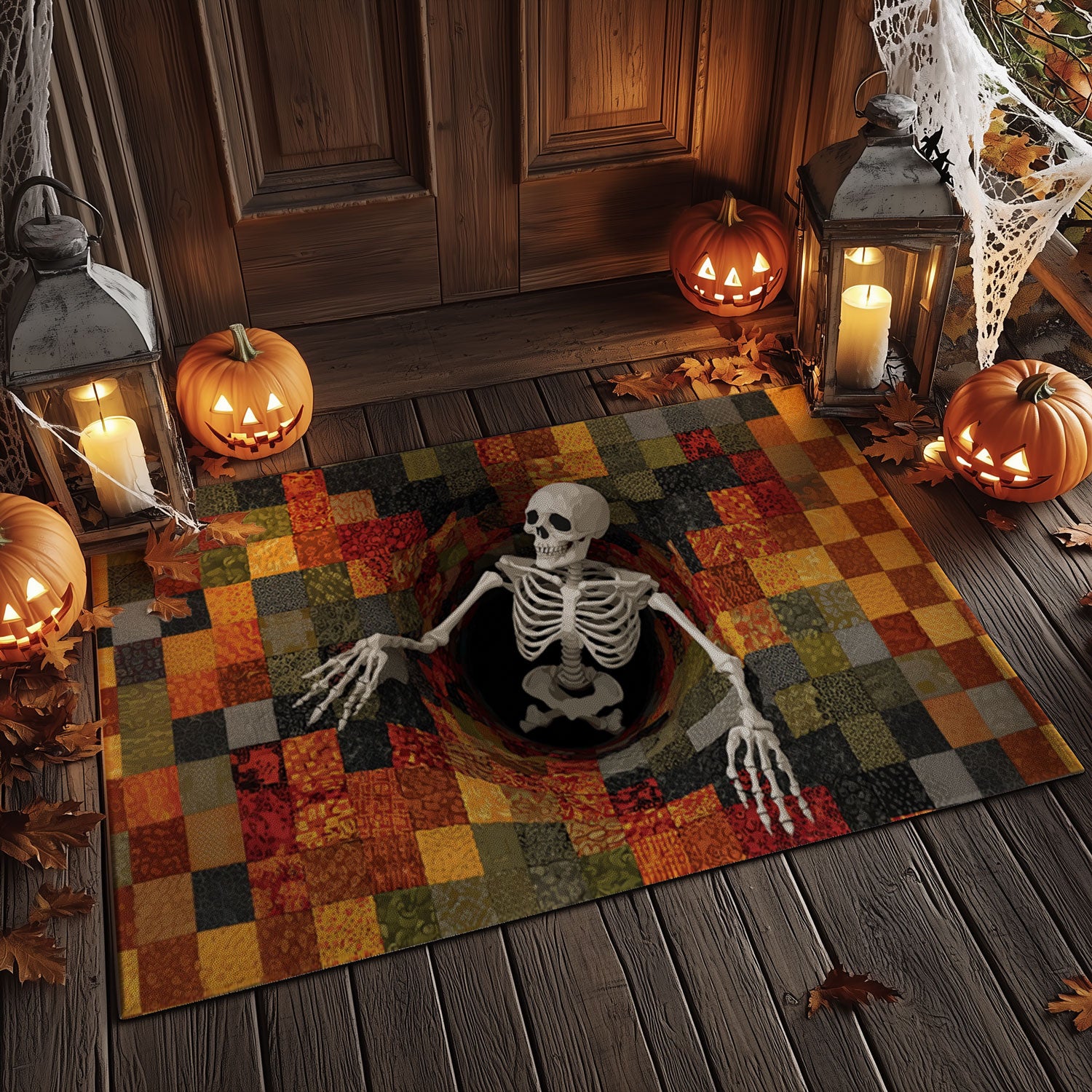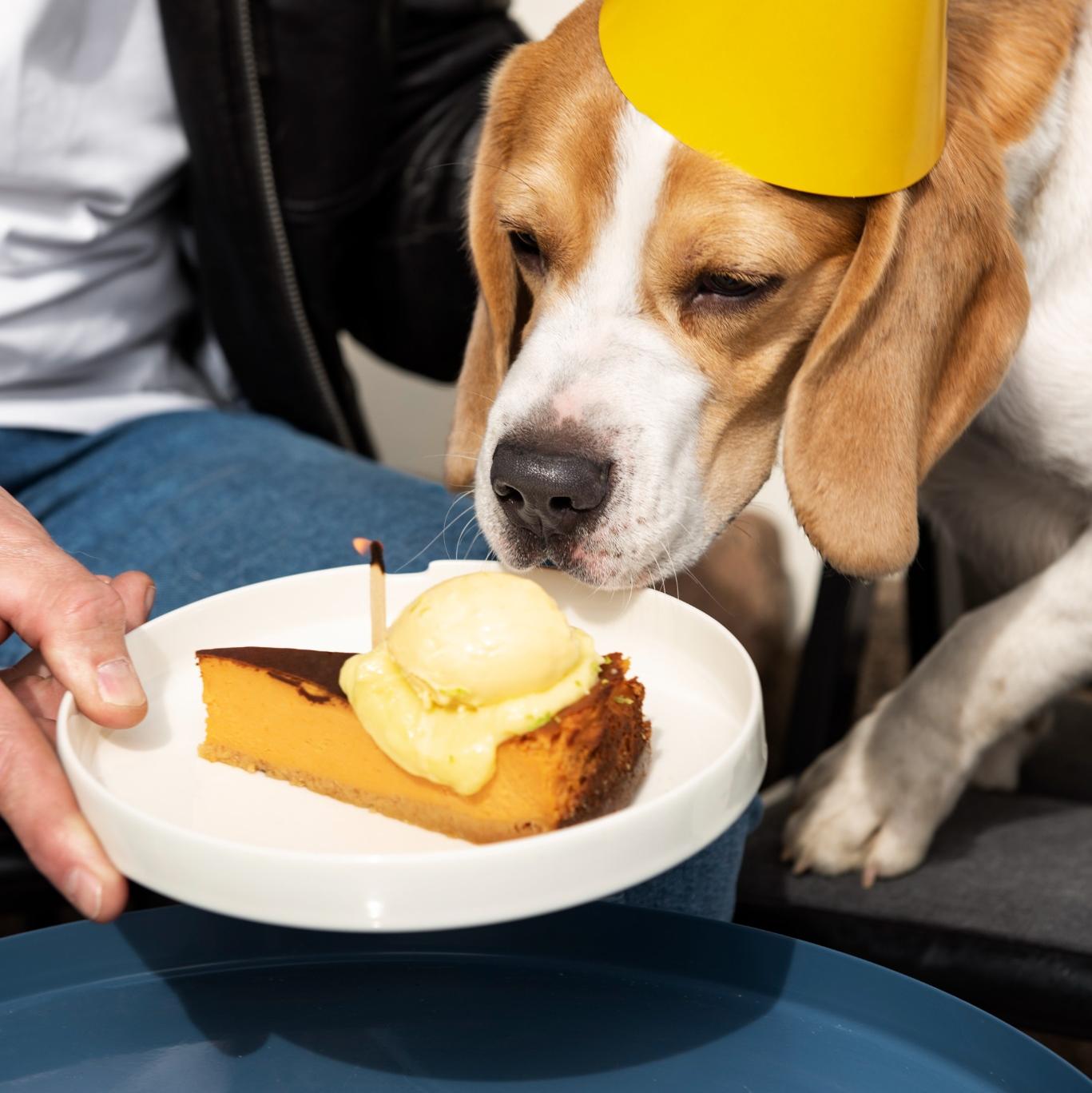🚨 Signs of Constipation in Dogs
Before trying to fix the problem, it’s important to know what to look for:
-
Straining to poop without much coming out
-
Passing small, hard, or dry stools
-
Going more than 48 hours without a bowel movement
-
Whining, pacing, or seeming uncomfortable
-
Loss of appetite or bloated belly
⚡ Quick & Safe Ways to Help Your Dog Poop
1. Take Them for a Walk
Movement stimulates the digestive system. A brisk 15–20 minute walk may encourage your dog to go naturally.
2. Add Fiber to Their Diet
Pumpkin (plain, canned, not pie filling) is a safe, natural way to add fiber. A spoonful mixed with their food often helps soften stool.
3. Ensure Proper Hydration
Dehydration can make constipation worse. Always provide fresh water, and consider adding a little low-sodium chicken broth to encourage drinking.
4. Try a Gentle Belly Massage
Massaging your dog’s belly in slow, circular motions can sometimes help move things along in their digestive tract.
5. Use a Stool Softener (Vet-Approved)
Never give human laxatives! But your vet may recommend a safe stool softener for dogs if constipation is more severe.
🚫 What NOT to Do
-
Don’t give human medications without veterinary guidance.
-
Don’t wait too long — prolonged constipation can be dangerous.
-
Don’t ignore other symptoms like vomiting, blood in stool, or extreme lethargy.
🐶 When to Call the Vet
If your dog hasn’t pooped in more than 48 hours, or shows signs of pain, vomiting, or blood, contact your vet right away. Constipation can sometimes signal a more serious issue like blockage, injury, or illness.
💡 Final Thoughts
Constipation is uncomfortable, but with a few simple steps — like walking, hydration, and adding fiber — you can often help your dog poop quickly and safely. Always keep an eye on your pup’s bathroom habits, and don’t hesitate to seek veterinary help if things don’t improve.




















